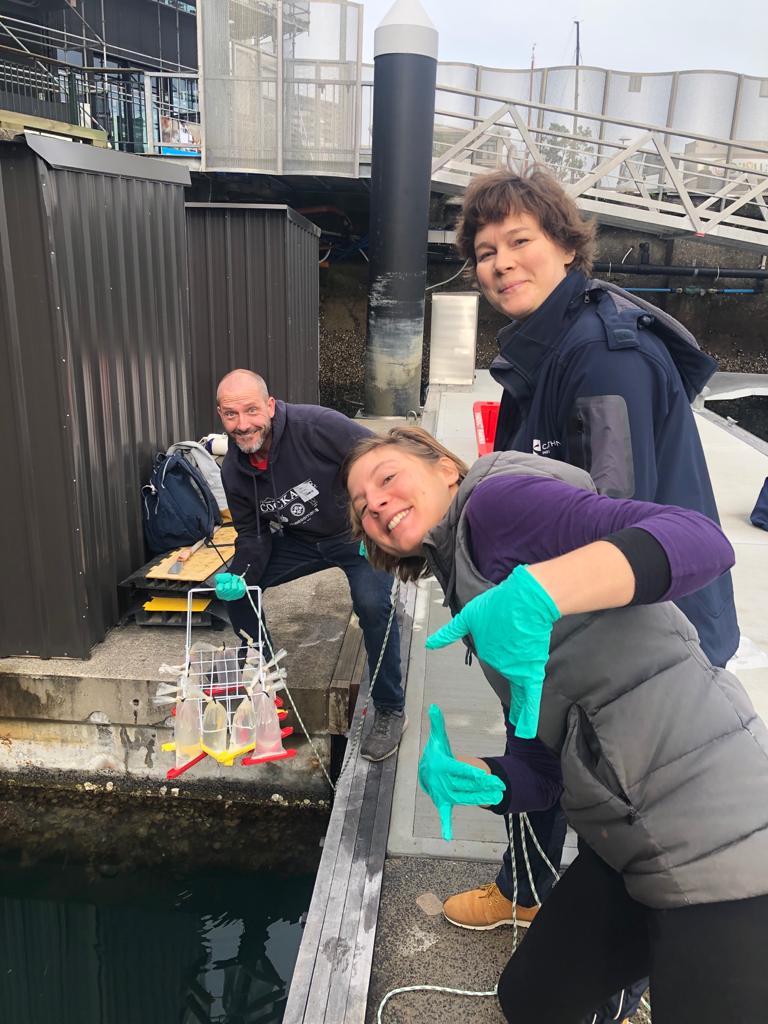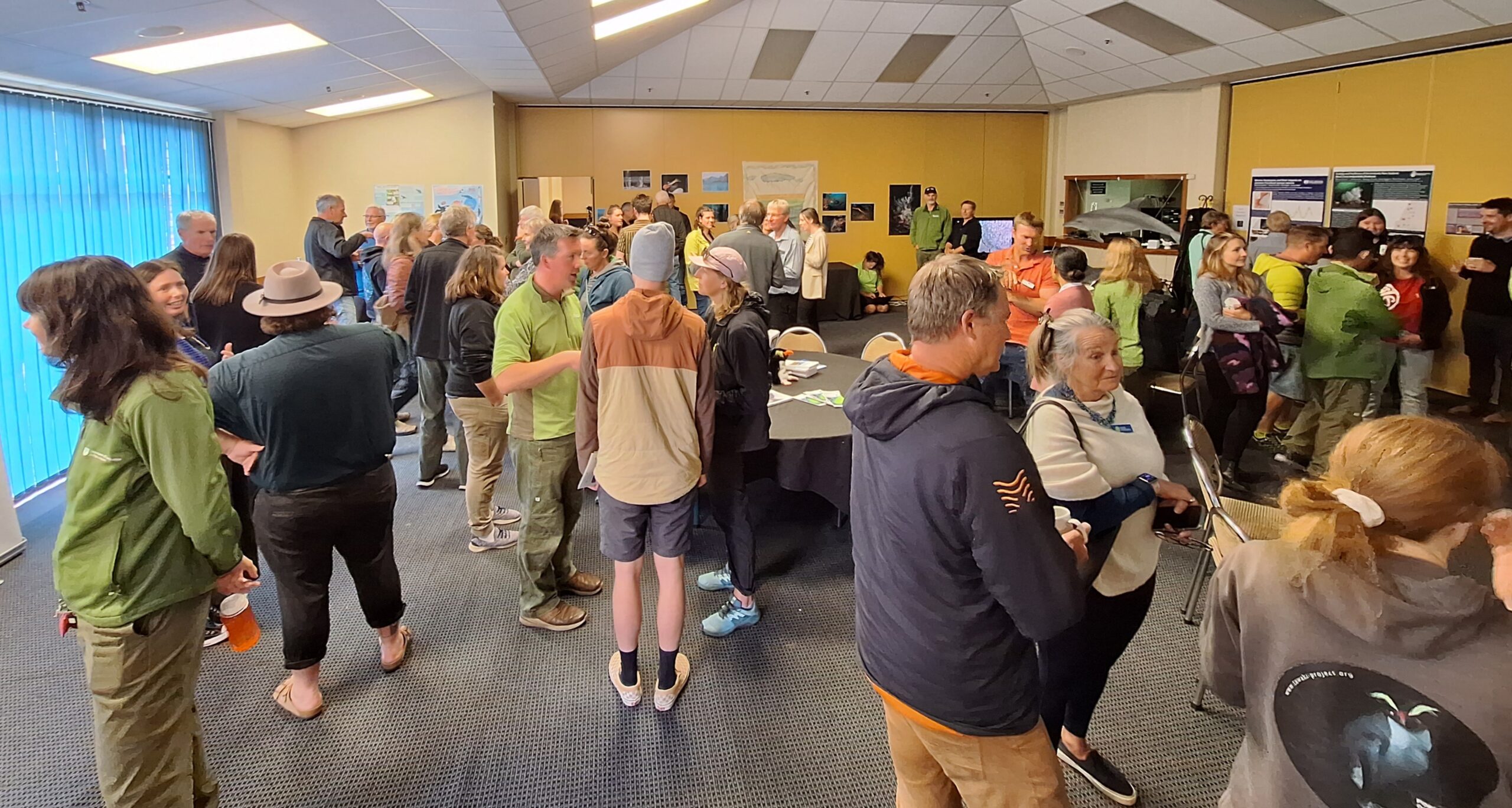In this most recent publication of our PhD student Michelle Scriver, we used permeable dialysis bags to simulate real-world environmental conditions and field storage to understand eDNA/eRNA dynamics.
New best-practice guidelines for environmental DNA testing in Australia and New Zealand aim to enhance quality assurance and decision-making
Environmental DNA (eDNA) methods are increasingly used by government agencies in Australia and New Zealand for detecting pests, threatened species, and biodiversity monitoring. Marine Biosecurity Toolbox scientists contributed to developing two best-practice guidelines to ensure quality assurance and confidence in eDNA-based results.
The first document, the “Environmental DNA protocol development guide for biomonitoring”, provides minimum standard considerations for eDNA and environmental RNA projects, covering ethical considerations, experimental design, and result interpretation.
The second document, the “Environmental DNA test validation guidelines”, outlines key steps for developing and validating species-specific testing and metabarcoding assays. Both guidelines were developed through collaboration with experts, end-users, and stakeholders, with the aim of providing consistent and best-practice approaches to eDNA testing. The guidelines are freely available for download and will be regularly updated to reflect advancements in the field. The goal is to provide environmental managers with robust scientific evidence to support decision-making.

Access The Environmental DNA Protocol Development Guide for Biomonitoring and Environmental DNA test validation guidelines here.
A peer-reviewed paper on the guidelines development can be accessed here.




This Post Has 0 Comments